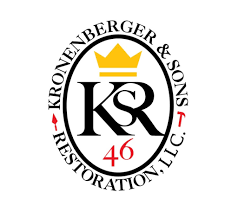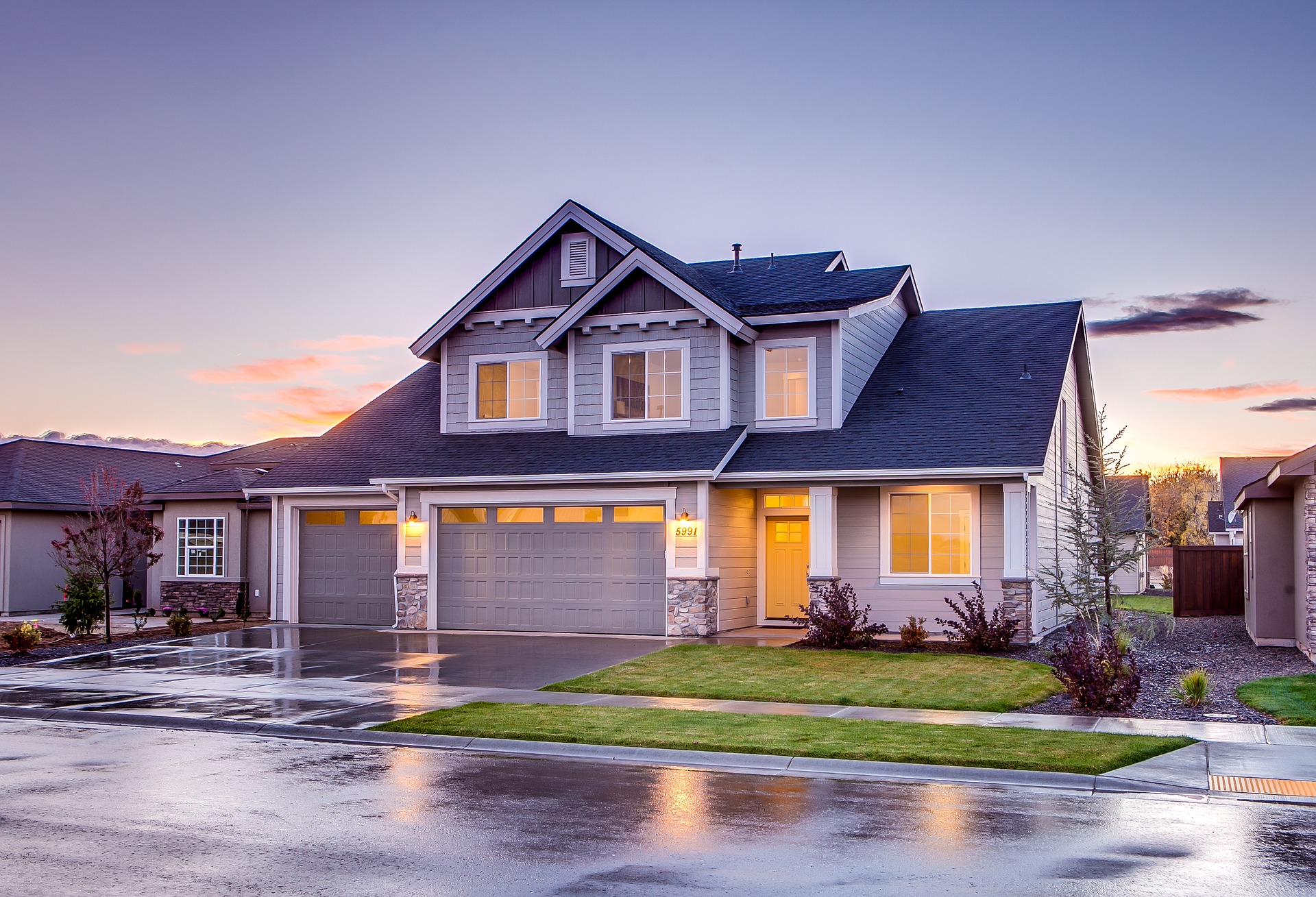Historic Preservation of buildings is vital for maintaining the cultural heritage and identity of communities. These structures not only tell the stories of our past but also serve as physical reminders of the architectural styles, craftsmanship, and historical events that shaped our societies. Organizations like Kronenberg & Sons play a crucial role in the restoration and preservation of these irreplaceable landmarks.
Cultural Significance
Historic buildings often represent significant cultural, social, and economic narratives. They embody the character and history of a place, connecting current and future generations to their roots. By preserving these structures, communities honor their heritage and promote a sense of belonging among residents. Historic buildings can become focal points for community pride, often serving as venues for local events, exhibitions, and educational programs.

Historic Preservation Brings Economic Benefits
Beyond their cultural value, preserving historic buildings can have substantial economic benefits. Restorations can stimulate local economies by attracting tourism and creating jobs in construction, architecture, and the arts. Revitalizing historic neighborhoods can increase property values and encourage investment in surrounding areas. Moreover, businesses located in restored historic sites often experience enhanced customer interest, as many consumers prefer to support establishments with a unique story and character.
Sustainability and Environmental Impact
Preservation is also an environmentally sustainable practice. Restoring existing buildings minimizes waste and reduces the demand for new materials, which is essential in a world facing resource scarcity. Renovating historic structures can often be more energy-efficient than building new ones, as older buildings can be retrofitted with modern technologies that improve their sustainability without compromising their historic integrity.
Expertise in Restoration
Organizations dedicated to preservation, such as Kronenberg & Sons, bring the necessary expertise and craftsmanship to ensure that restoration projects maintain the historical accuracy and architectural significance of the buildings. Their commitment to quality and authenticity ensures that the integrity of these structures is preserved for future generations.
Preserving historic buildings is not merely an aesthetic choice; it is a vital investment in our cultural heritage, economic vitality, and environmental sustainability. By valuing and protecting these structures, we safeguard our history while enriching our communities.
